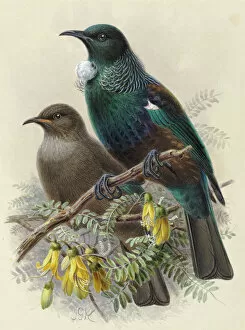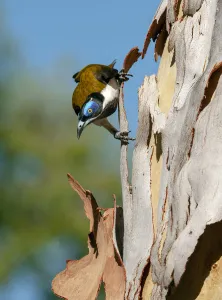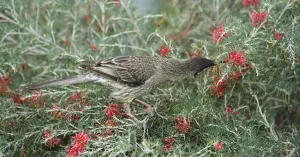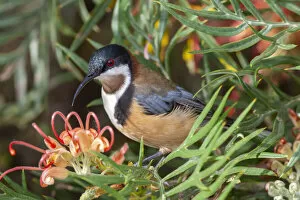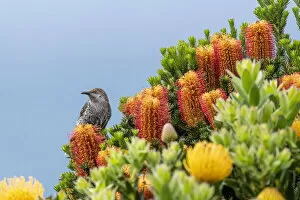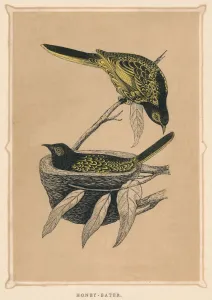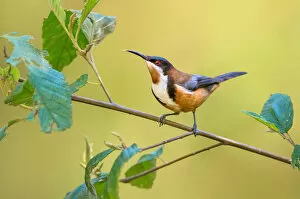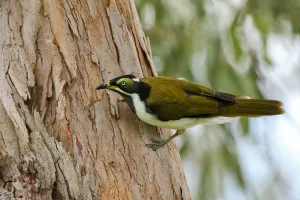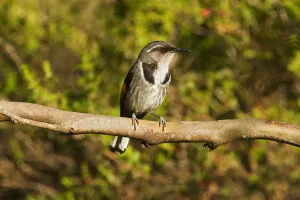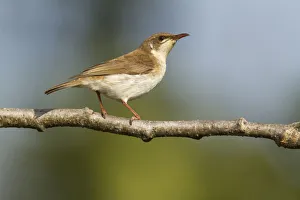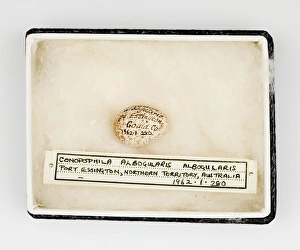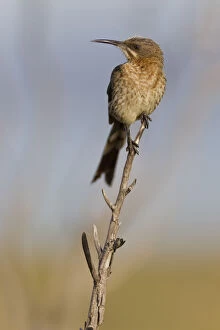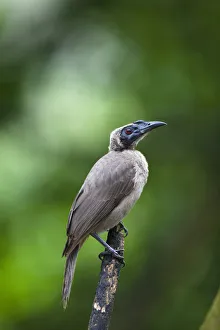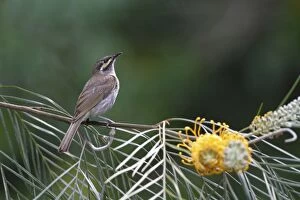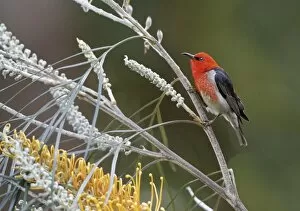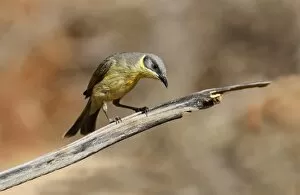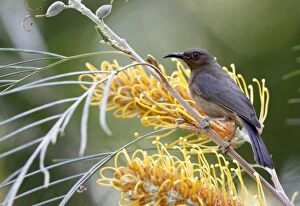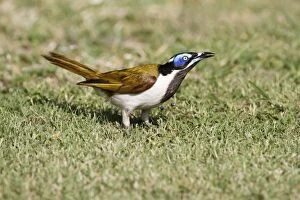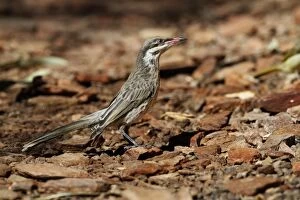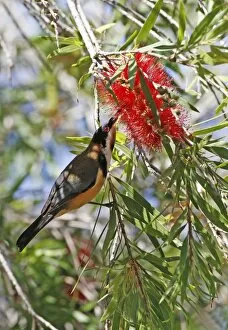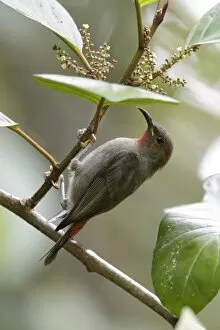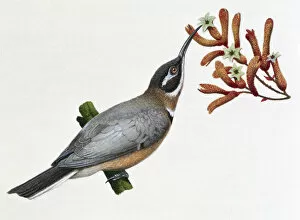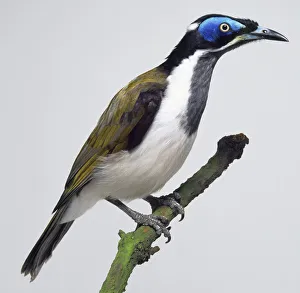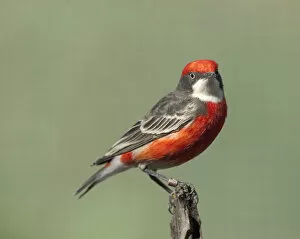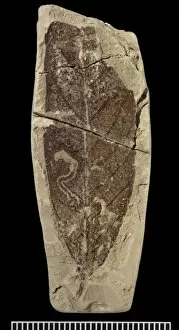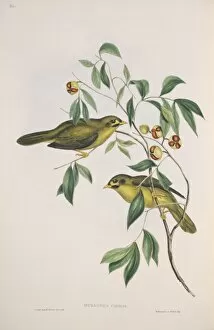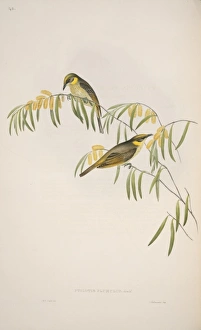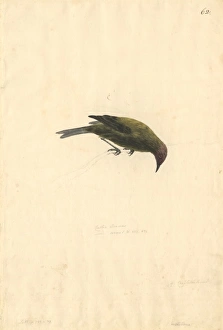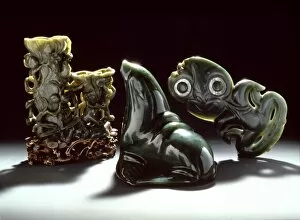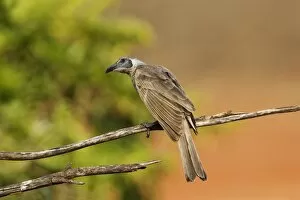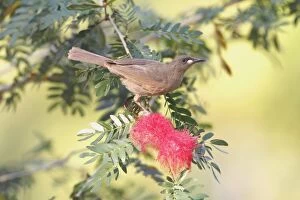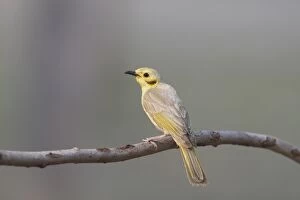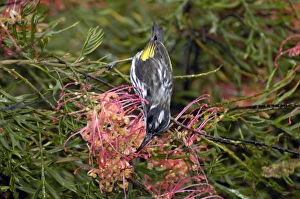Meliphagidae Collection
Meliphagidae, also known as honeyeaters, are a diverse family of birds found primarily in Australia and surrounding regions
All Professionally Made to Order for Quick Shipping
Meliphagidae, also known as honeyeaters, are a diverse family of birds found primarily in Australia and surrounding regions. One iconic member of this family is the Tui, which can be seen in both its young and adult forms. With its glossy plumage and melodious song, the Tui is a beloved symbol of New Zealand. Another fascinating species within the Meliphagidae family is the Yellow Wattlebird, endemic to Tasmania. This large bird with its distinctive yellow wattles has adapted perfectly to the unique environment of this Australian island. In Nitmiluk National Park, you may come across the striking Blue-faced Honeyeater perched on bark. Its vibrant blue facial markings make it easily recognizable among other honeyeaters. The Red Wattlebird is another captivating member of this avian family that thrives on nectar from Grevillea flowers. Its long wattle-like appendages give it an intriguing appearance while it busily collects sweet sustenance. One cannot overlook the Eastern Spinebill male visiting a Grevillea flower. With its slender curved bill perfectly suited for sipping nectar, this little beauty adds charm to any garden or natural habitat. Historical illustrations reveal how our understanding of these birds has evolved over time. The Wattled Bee Eater female was once referred to as a Little Wattlebird back in 1789-90 when watercolor paintings were used for documentation purposes. Similarly, what we now know as Yellow-faced Honeyeater was previously called Yellow-eared Flycatcher - a name change that reflects advancements in scientific knowledge about these species. A portrait captures the essence of a Little Wattlebird perched within nature's embrace – showcasing its golden wings and intricate feather patterns against lush foliage. The New Holland Honeyeater is yet another delightful member often spotted nectaring on Grevillea flowers.

